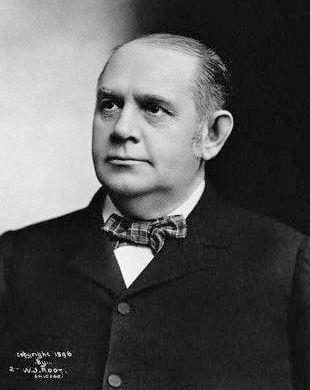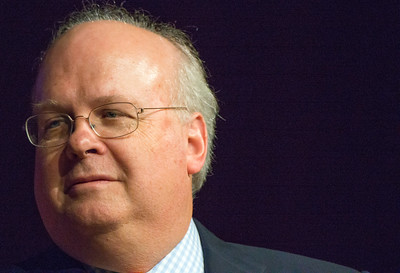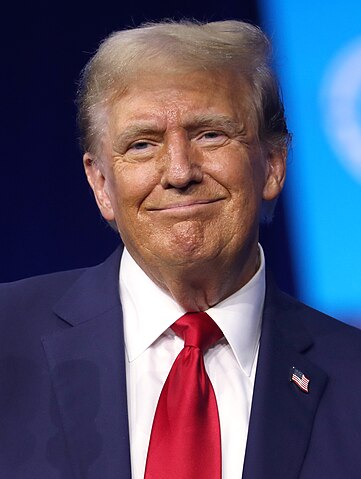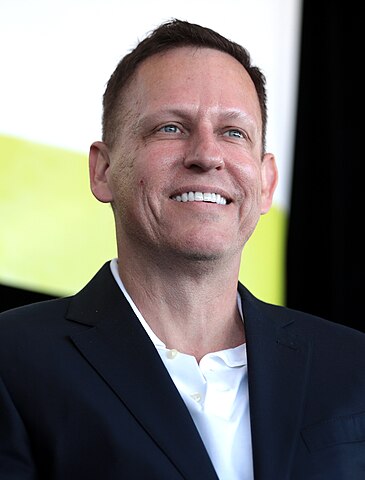Peter Thiel is one of the most powerful men alive (if you want to sue me, read this). He does not seek the spotlight like Donald Trump, yet his influence stretches further. He built PayPal, seeded Facebook, and operates in elite financial and technological circles. Unlike Trump, he does not crave attention. He wields power in a different way—by shaping the systems that rule the world. His influence extends beyond politics into finance, military technology, artificial intelligence, and space exploration. Thiel is not just a wealthy entrepreneur. He is an architect of the future.
Trump, in contrast, is a chaotic force. He craves admiration and thrives on disorder. He dominates headlines, but his control over real power is questionable. Unlike Thiel, who operates within structured systems, Trump thrives on unpredictability. This raises the question: can someone like Thiel control someone like Trump? Or is Trump beyond control? To answer this, we must look at history and see how power behind the throne has worked before.
Mark Hanna: The man who made presidents

To understand power behind the throne, look at Mark Hanna. He was the true force behind William McKinley’s presidency. Hanna controlled campaign funding, business alliances, and political negotiations. McKinley was the face. Hanna was the architect. Without Hanna, McKinley would never have been president. He ensured that big business dominated Washington and that McKinley’s policies served corporate interests.
Hanna was not just a kingmaker. He was a strategist. He created the modern campaign finance system, ensuring that industrialists funded McKinley’s victory. At the time, the U.S. was in economic turmoil, and Hanna crafted McKinley’s image as the safe, stable choice. He effectively neutralized opposition through financial dominance and media influence.
However, Hanna’s control had limits. When McKinley was assassinated in 1901, Theodore Roosevelt, his vice president, took over. Roosevelt was a reformer who did not align with Hanna’s corporate-friendly politics. Hanna had built a system of control, but he could not control the man who inherited it. This is the challenge of all shadow rulers. Power behind the throne is real, but it is not absolute.
Karl Rove and his firm grip on George W. Bush

Karl Rove was George W. Bush’s mastermind. He controlled Bush’s campaign strategy, his messaging, and even his policies. Bush was a likable face, but Rove was the architect of his presidency. He built the Republican machine that won elections with ruthless efficiency. He manipulated the media, shaped public perception, and steered Bush’s administration from behind closed doors.
Rove’s influence extended far beyond elections. He crafted Bush’s domestic policy agenda, including tax cuts, education reform, and judicial appointments. He ensured that the conservative base remained loyal and mobilized. His greatest success, however, was in foreign policy. After the 9/11 attacks, Rove played a critical role in shaping the Bush administration’s response, supporting the Iraq War and the broader War on Terror (The Bush family had always had close ties to Big Oil and the military-industrial complex). He framed national security as a Republican strength and used it to maintain political dominance.
However, even Rove’s grip was not unbreakable. The Iraq War turned into a disaster, and Bush’s second term was marked by declining approval ratings. Rove’s strategies could not save Bush from the consequences of failed policies. This shows the limits of behind-the-scenes power. Even when a figure like Rove builds a system, reality often disrupts control.
Trump: The uncontrollable force

Donald Trump is different. He does not fit into political systems, disrupts them. Trump does not follow orders. He does not obey alliances. Many powerful people thought they could control him. They all failed. The Republican establishment tried to mold him. He ignored them. Corporate donors expected him to serve their interests. He turned against them whenever it suited him. Intelligence agencies and military officials thought they could guide him. He dismissed their advice.
Unlike Bush or McKinley, Trump does not operate within structured power networks. He is unpredictable, self-centered, and impulsive. His decision-making is driven by personal grievance rather than long-term strategy. This makes him dangerous. It also makes him impossible to control.
Many figures have tried to exert influence over him. Steve Bannon, his former strategist, attempted to shape his nationalist agenda. Mitch McConnell and the Republican Senate sought to guide his judicial appointments. Even Jared Kushner, his son-in-law, tried to steer his policies. Yet, in the end, Trump acts in his own interest, disregarding advice whenever he feels slighted or bored.
Peter Thiel vs. Elon Musk: A different level of power
Many people compare Peter Thiel to Elon Musk. Both are tech billionaires who have invested in space, artificial intelligence, and futuristic projects. However, Thiel and Musk operate on completely different levels. Musk is a public figure who relies on hype, charisma, and grandiose promises. He controls Tesla, SpaceX, and Twitter, but his influence is fragile. His companies depend on government contracts, market sentiment, and public trust. When his reputation suffers, so does his empire.
Thiel, on the other hand, operates in secrecy. He does not need public approval. He funds defense technology, artificial intelligence, and cybersecurity. His reach extends into military intelligence and behind-the-scenes operations. Unlike Musk, who thrives on spectacle, Thiel thrives on control. Musk’s power fluctuates with the stock market. Thiel’s power is embedded in the institutions that shape global policy.
J.P. Morgan and the legacy of financial control
Peter Thiel’s methods resemble those of J.P. Morgan. In the late 19th and early 20th centuries, Morgan was the ultimate financial power broker. He did not seek political office, but he controlled the American economy. He orchestrated bank bailouts, stabilized financial crises, and had direct influence over presidents. His wealth was not just about money—it was about structuring systems of control that lasted beyond any single administration.
Thiel, like Morgan, does not need to be in the public eye. He invests in technology, politics, and finance in ways that shape the long-term future. His influence is not dependent on elections or public approval. It is embedded in infrastructure, data, and power networks that do not answer to voters. While Musk tries to be a showman and Trump tries to be a populist, Thiel follows the path of Morgan—quietly ensuring that the world moves in the direction he chooses.
Peter Thiel: The most powerful man on earth?

Unlike Trump, Peter Thiel does not waste time on public spectacle. He focuses on real power, invests in companies that control the future, builds networks that shape policy and finance. Also, he funds political candidates who align with his vision. Peter Thiel has a plan, and he executes it. He does not need Twitter rants or rallies. He shapes the world quietly.
Thiel’s influence extends beyond politics. His role in Palantir, a surveillance and data analytics company, gives him deep access to intelligence operations. His investments in artificial intelligence and biotech position him as a major force in future technological development. He funds radical projects, from seasteading (building floating cities free from government control) to longevity research aimed at extending human life. His vision for the future is not just political—it is existential.
Conclusion: The limits of control
History shows that shadow rulers can shape events, but they cannot fully control unpredictable leaders. Mark Hanna controlled McKinley, but he could not stop Roosevelt. Karl Rove dominated Bush’s strategy, but he could not prevent disaster. Peter Thiel understands this lesson well. He does not need to control Trump directly. Instead, he builds influence that will endure beyond any single presidency.
Thiel’s power is structural, not personal. He shapes the foundations of finance, technology, and governance. Trump is a momentary force—loud, dramatic, and chaotic. Thiel, by contrast, is building something permanent. In the battle for power, those who build systems always outlast those who crave attention.

Leave a Reply